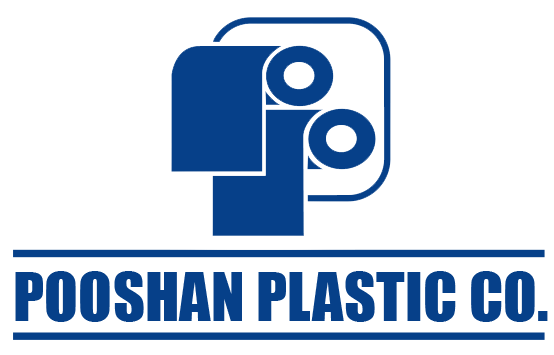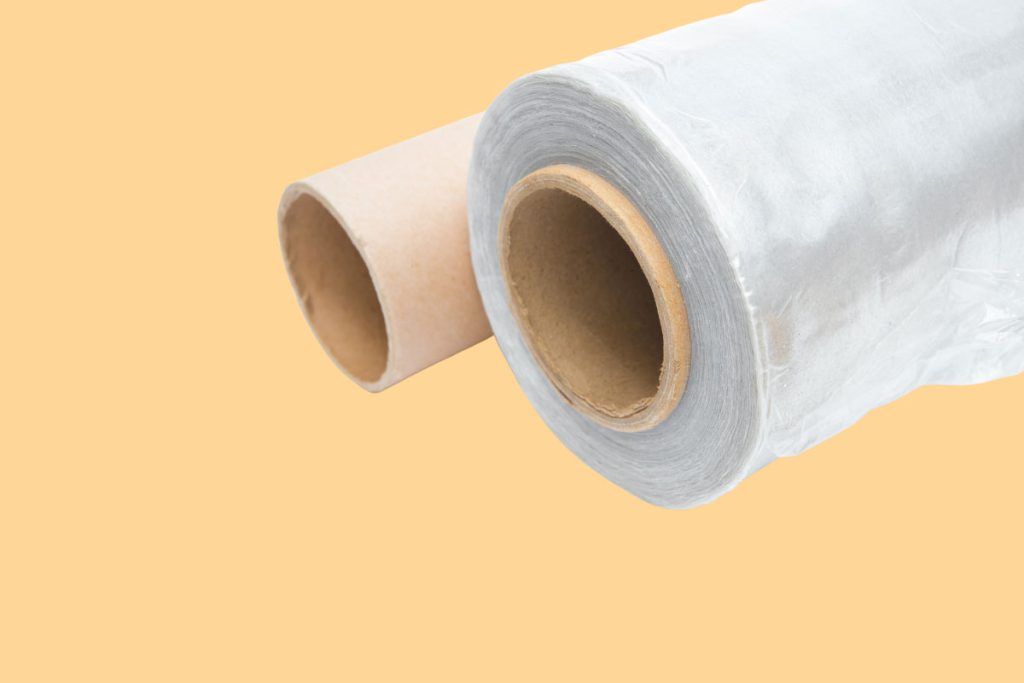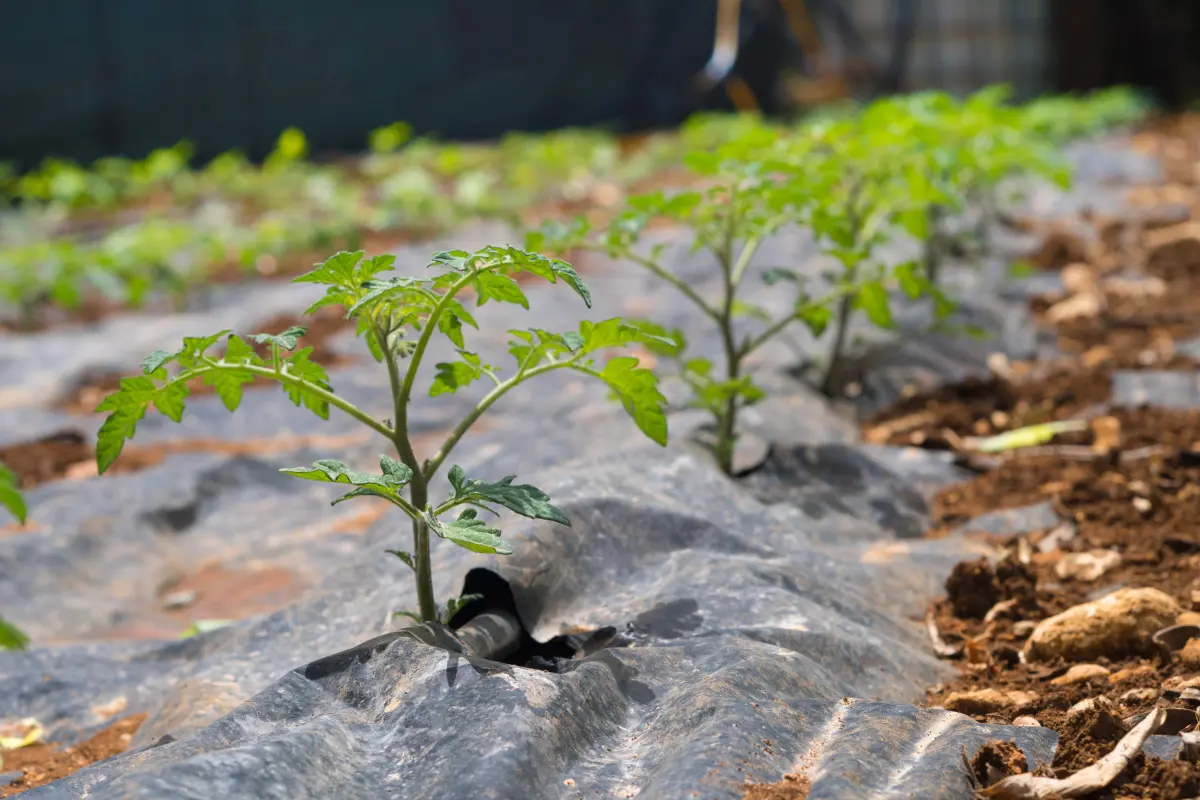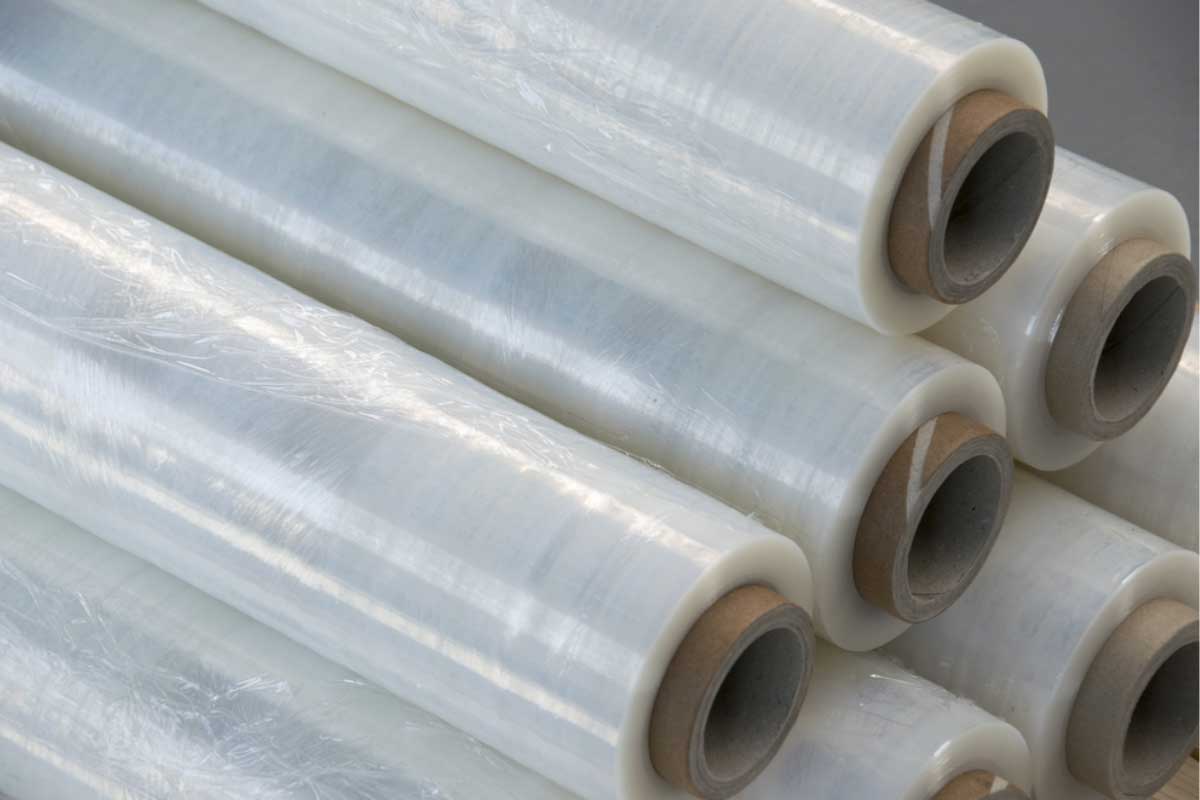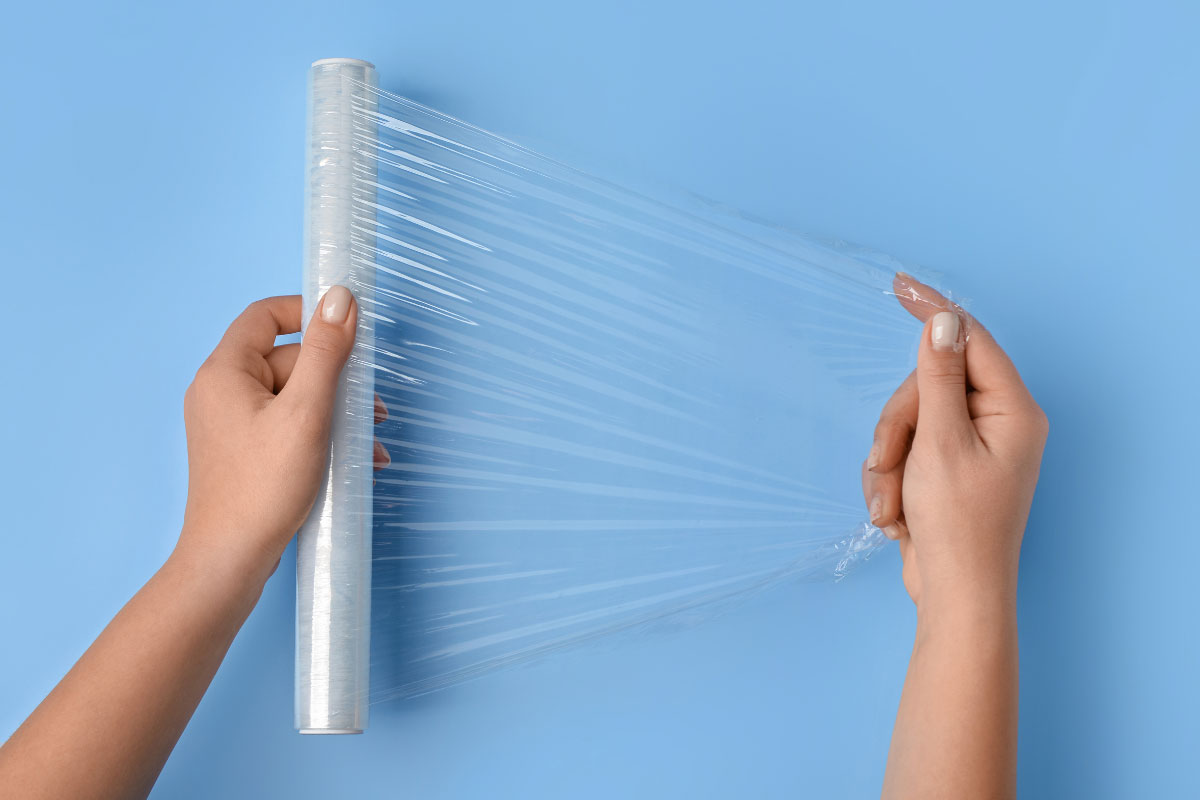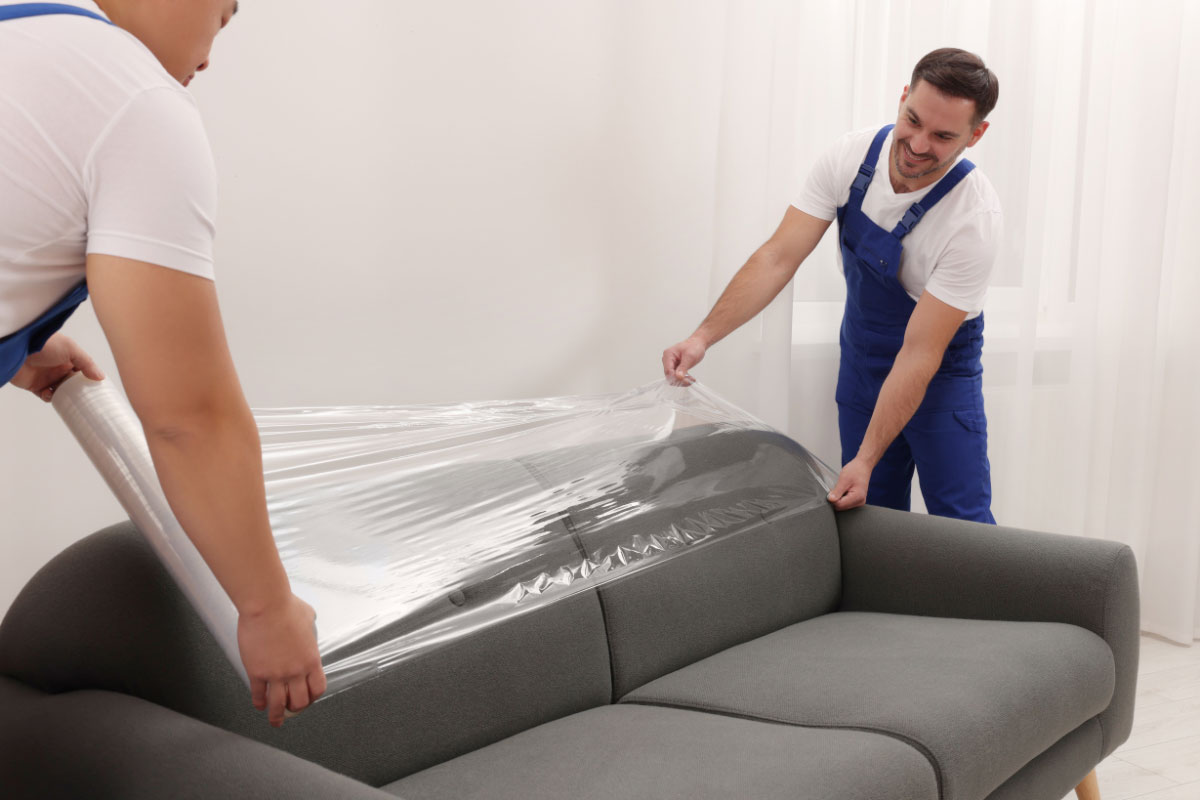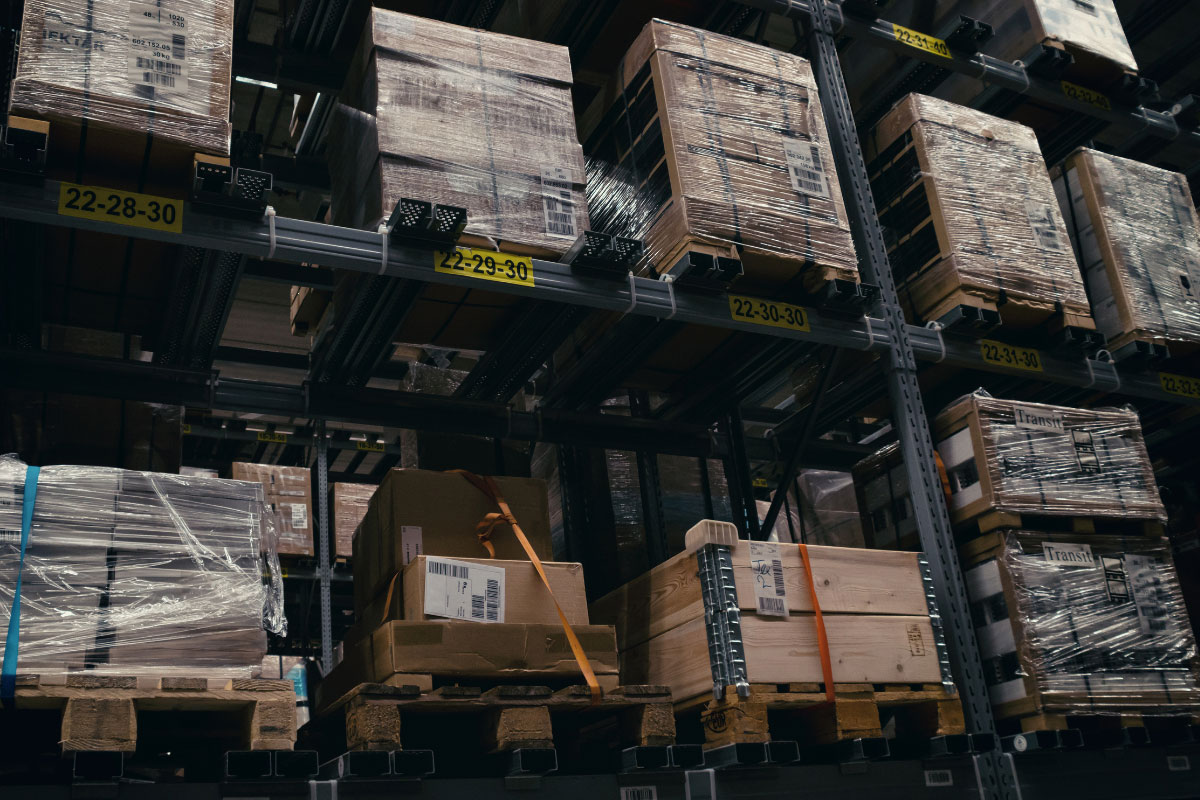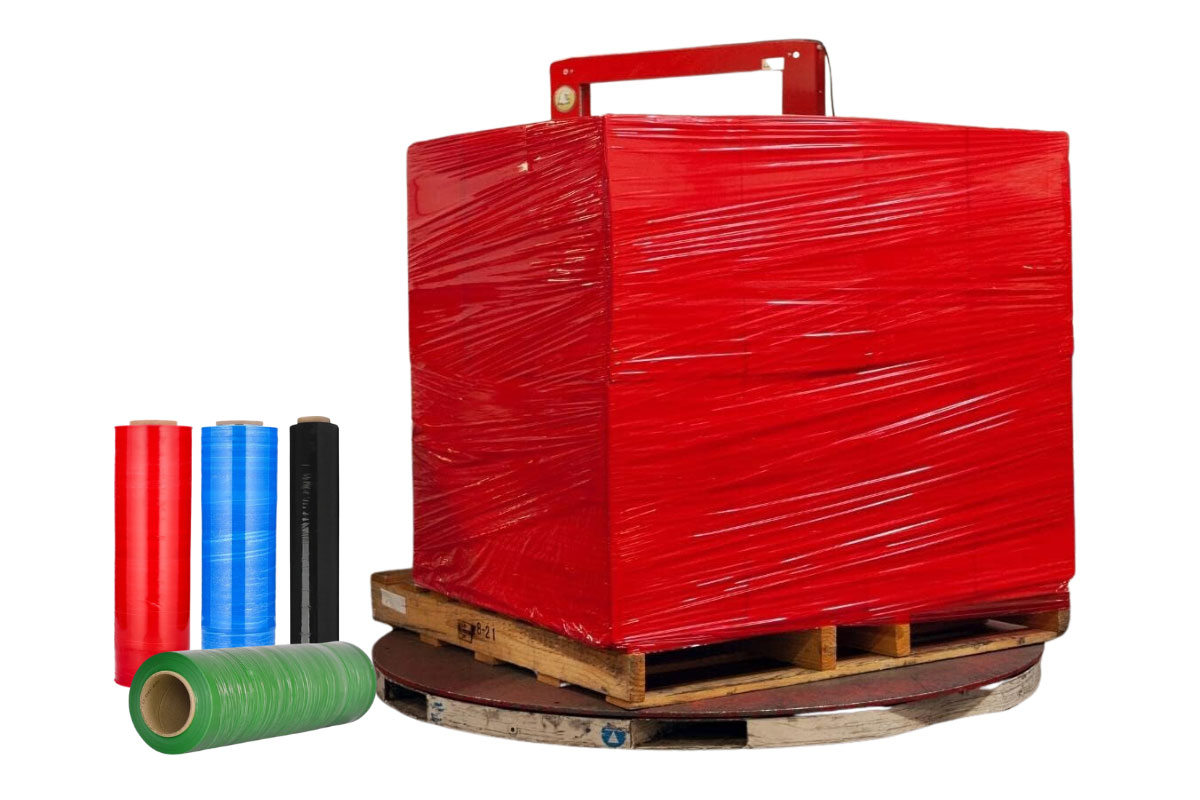Pvc shrink film is used as a packaging plastic and has many advantages. Shrink is an outer layer that protects against dirt, dust and other external threats. This flexible plastic is entirely malleable and conforms to products. PVC shrink plastic generally has two types, uniaxial and biaxial. The biaxial shrink wraps horizontally and vertically, offering excellent quality and stability. Uniaxial film folds in only one direction.
PVC film is incredibly resistant to heat and weather effects. It is also lightweight and generally waterproof and fireproof, making it an excellent protective layer when handling and packaging products. Using this film makes transportation easier. Another advantage of PVC plastic is the ability to print, a mandatory feature for food factories.
What is PVC?
PVC (Polyvinyl chloride) was first produced in 1872 by the German chemist Eugen Baumann. He exposed vinyl chloride gas sealed in a tube to sunlight and had a white solid called PVC. It was in 1913 that the German chemist Friedrich Klatte received the first PVC patent for the method of polymerization of vinyl chloride using sunlight. By World War I, Germany was producing many flexible and rigid PVC products that were used as a substitute for corrosion-resistant metals.
PVC is a white and brittle solid material in powder or granule form. Because of its features such as light weight, durability, low price and easy processing, it is now replacing traditional building materials, such as wood, metal, concrete, rubber, ceramics etc., in many industries. This strong thermoplastic is widely used in producing drinking water and sewage pipes, medical equipment and devices, wire and cable insulation, packaging films, etc., and is the third most produced synthetic plastic polymer in the world, after polyethylene and polypropylene.
Advantages of PVC shrink film
High resistance to UV rays, acids, alkalis, oils and many corrosive mineral chemicals are the critical features of PVC plastic. By heating, the film shrinks and tightens around the products. Other features of PVC plastic include:
- Low-cost production
- Flexible and impact resistant
- Good electrical insulation
- Non-flammable
- Easy processing
- High transparency
- Good heat sealing
- Good toughness
- Uniform thermal shrinkage
- Suitable for high-speed and automatic packaging
Disadvantages of PVC nylon sheathing
- Its properties may change over time.
- Some of its grades are affected by contact with chlorinated and aromatic hydrocarbons, esters, some ethers and aromatic amines and nitro compounds.
- At high temperatures, it is destroyed, and its structure changes.
- It is not suitable for packaging food and health products.
- It has less chemical resistance compared to other packaging films.
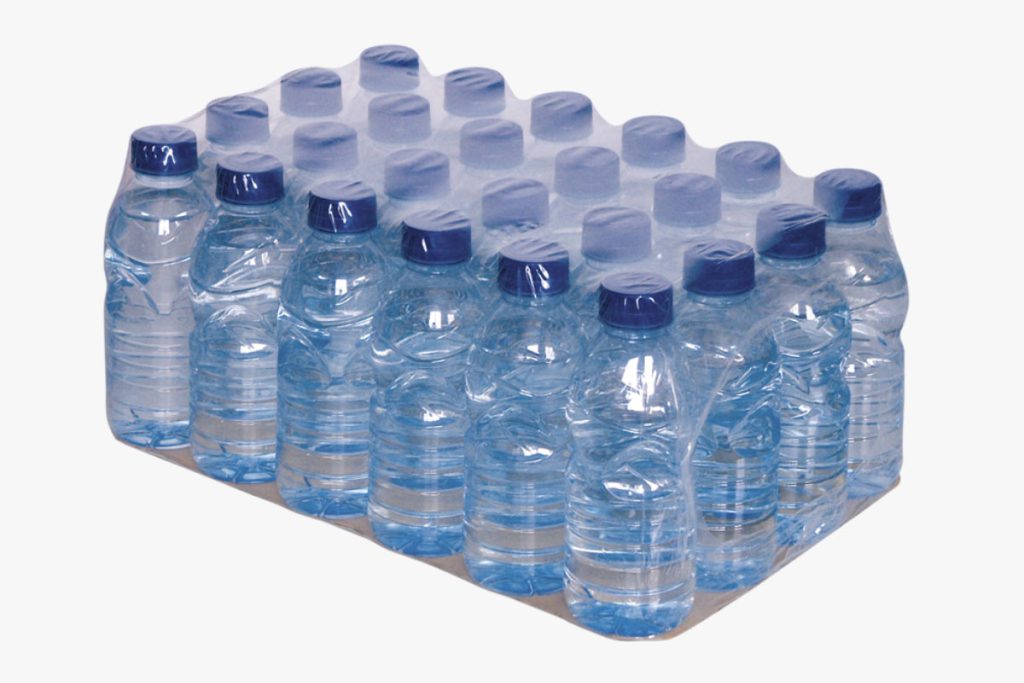
Applications of PVC shrink film
PVC film is used in food, medicine, beverage and mineral water, alcohol, electrical products, electronic goods, toys, etc. Before the production of polyethylene film, it was the first choice of companies for packaging this plastic. But due to environmental concerns, recycling, the toxic odors it emits when heated, is less popular these days.
How to use PVC shrink film
The process of packing with pvc shrink film is the same as other packing films. Shrink rope is used for the final packaging of products in factories and retail stores. Heat is applied to the film by a heat tunnel or electric or gas heat gun. The heat catalyzes the film to wrap tightly around the contents. The cover created is a transparent and durable barrier for protection.
PVC film is usually produced in rolls. At first, the sheet is randomly cooled and has no specific structure. When the film is heated, in the unstructured areas, the chains straighten and align in the same direction. The molecules are oriented from their initial random pattern to match their contents’ template. If the film is adequately cooled, its properties will change; it will shrink and stretch.
Printing on PVC
Usually, shrink-wrap nylon is used without any label, but in some cases, we need printing. For example, some mineral water companies use colored shrink wrap or nylons with logos. Colored shrink wraps are printable, and you can customize them in different colors and designs.
Why is PVC film not good?
PVC packaging film is viral due to its low price, but in recent years, its production has been dramatically reduced and replaced by polyolefin and polyethylene film. There are several reasons for this replacement that we have discussed in the previous sections of this article, but if we want to review it once again briefly, the reason for removing PVC is as follows:
- pvc shrink film is brittle in cold weather and changes in hot weather, so its sealing strength is reduced and does not provide good protection. On the other hand, polyolefin has high-temperature resistance and can be used in a wide temperature range without any structural changes.
- When sealing, PVC film releases some hydrogen chloride and carbon deposits into the air. Polyolefin shrink film creates fewer odors when sealed because it is chlorine-free and does not produce hydrochloric gas as a by-product.
- This film has destructive effects on the workers. When pvc shrink film is heated, it releases hydrochloric gas, which is dangerous to the health of factory workers during production and the general public when incinerated or decomposed. Many countries have banned the use of PVC.
- PVC creates carbon deposits on the packaging. Therefore PVC requires special storage conditions for the packaging to maintain its properties, but polyethylene does not require maintenance.
